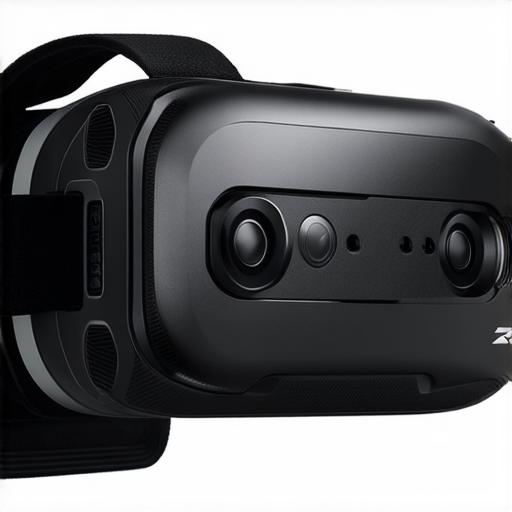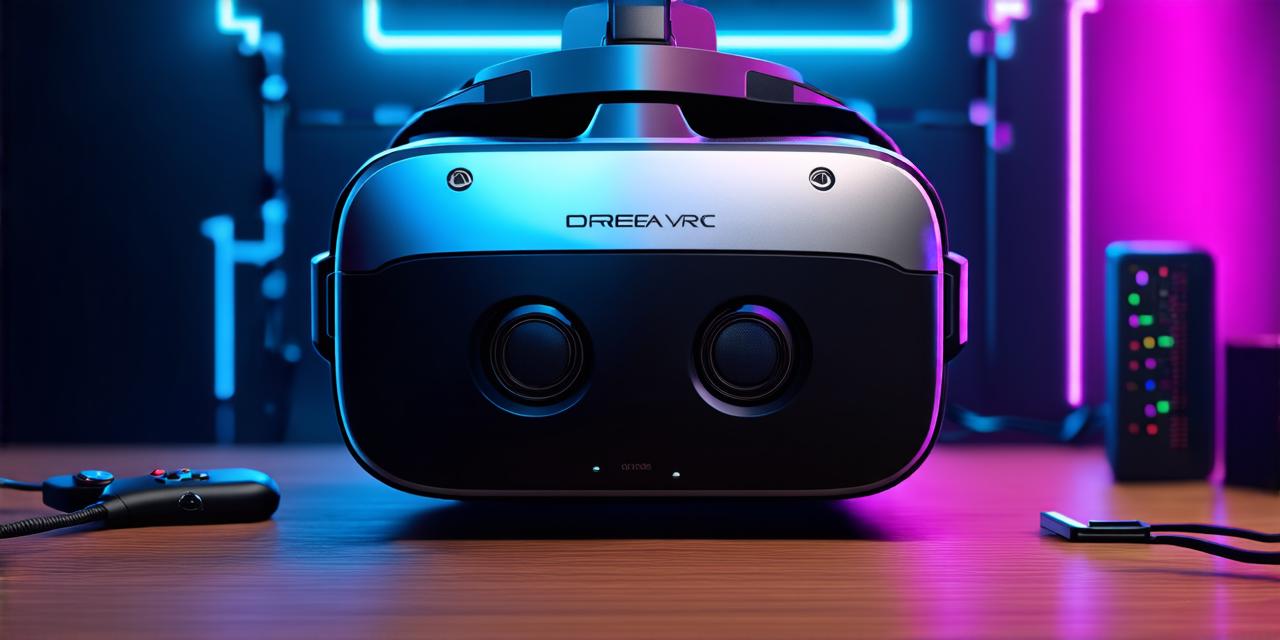Introduction
Unreal Engine is one of the most popular game engines in the market. It has been around since 2004 and has evolved significantly over the years. In recent years, it has also become a popular tool for creating VR experiences. Unreal Engine provides a wide range of features that make it easy to create immersive and interactive VR environments.
Getting Started with Unreal Engine
If you are new to VR development, the first step is to get familiar with the basics of Unreal Engine. There are many resources available online that can help you learn about the engine and its features.
Unreal Engine Documentation
Unreal Engine provides extensive documentation on their website. This includes tutorials, guides, and reference materials that cover everything from basic concepts to advanced features. The documentation is free to access and can be found here.
Unreal Engine Community Forums
The Unreal Engine community forums are a great resource for finding answers to your questions and getting help from other developers. There are many active users who are willing to share their knowledge and provide support. You can find the community forums here.
Online Courses
There are many online courses available that can help you learn about Unreal Engine and VR development. Some popular platforms include Udemy, Coursera, and LinkedIn Learning. These courses range in price from free to paid, so you can choose the one that best fits your budget.
YouTube Tutorials
YouTube is a great resource for finding free tutorials on Unreal Engine and VR development. There are many creators who post tutorials on their channels, covering everything from basic concepts to advanced features. Some popular creators include Epic Games, Unreal Engine, and The Coding Train.
Creating Your First VR Experience
Now that you have a basic understanding of Unreal Engine, it’s time to start creating your first VR experience. Here are some steps to get you started:
Setting Up Your Development Environment
The first step is to set up your development environment. This includes installing Unreal Engine on your computer and setting up your development tools. You will need a VR headset to test your experiences, but you can also use the built-in VR editor in Unreal Engine to preview your work.
Creating Your Scene
Once you have set up your environment, the next step is to create your scene. This involves adding assets, creating levels, and setting up your VR controllers. There are many resources available online that can help you get started with this process.
Adding Interactivity
Once you have created your scene, the next step is to add interactivity. This involves creating scripts and events that allow users to interact with your environment. For example, you could create a script that allows users to pick up objects or move through your environment using VR controllers. Unreal Engine provides many tools for adding interactivity, including Blueprints and C++ code.
Testing and Debugging
The final step is to test and debug your VR experience. This involves running your experience on a VR headset and making any necessary adjustments based on user feedback. It’s also important to test your experience on different devices and platforms to ensure that it works well across all platforms.
Case Studies
To illustrate how Unreal Engine can be used for VR development, let’s look at a few case studies.
A Trip to the Moon
One of the most impressive VR experiences created using Unreal Engine is A Trip to the Moon. This experience was created by a group of students at the University of Maryland and uses Unreal Engine’s built-in VR tools to create an immersive and interactive experience. Users can explore the lunar surface and even collect samples using their VR controllers.
Escape Room Experience
Another great example of Unreal Engine being used for VR development is an escape room experience. This experience was created by a group of developers at the University of Victoria and uses Unreal Engine’s physics engine to create an immersive and interactive escape room environment. Users must solve puzzles and riddles to escape the room.
Virtual Museum Tours
Unreal Engine is also being used to create virtual museum tours. For example, the Louvre Museum in Paris has created a VR tour of their museum that allows users to explore the exhibits in a completely immersive way.
FAQs
What skills do I need to be a Unreal Engine developer? To be a Unreal Engine developer, you will need skills in programming (such as C++ or Blueprints), 3D modeling and animation, and game design. It’s also important to have a strong understanding of VR technology and how it works.
How long does it take to learn Unreal Engine?
It takes time to learn any new skill, including Unreal Engine. The amount of time it takes will depend on your prior experience and the amount of time you dedicate to learning. Some resources, such as online courses, can provide a more structured approach and help you progress faster.
Can I use Unreal Engine for non-gaming applications?

Yes, Unreal Engine can be used for non-gaming applications, such as virtual product demonstrations, architectural visualizations, and training simulations. The engine’s flexibility makes it a great tool for a wide range of industries.
Do I need a VR headset to develop with Unreal Engine?
No, you don’t need a VR headset to develop with Unreal Engine. You can use the built-in VR editor in Unreal Engine to preview your work and test your experiences. However, if you want to test your experience on a real VR headset, you will need one.
Summary
Unreal Engine is a powerful tool for creating VR experiences. With its wide range of features and resources, it’s easy to get started with VR development. Whether you’re a student, a developer, or just someone who’s interested in the technology, Unreal Engine is a great way to explore the world of virtual reality.



